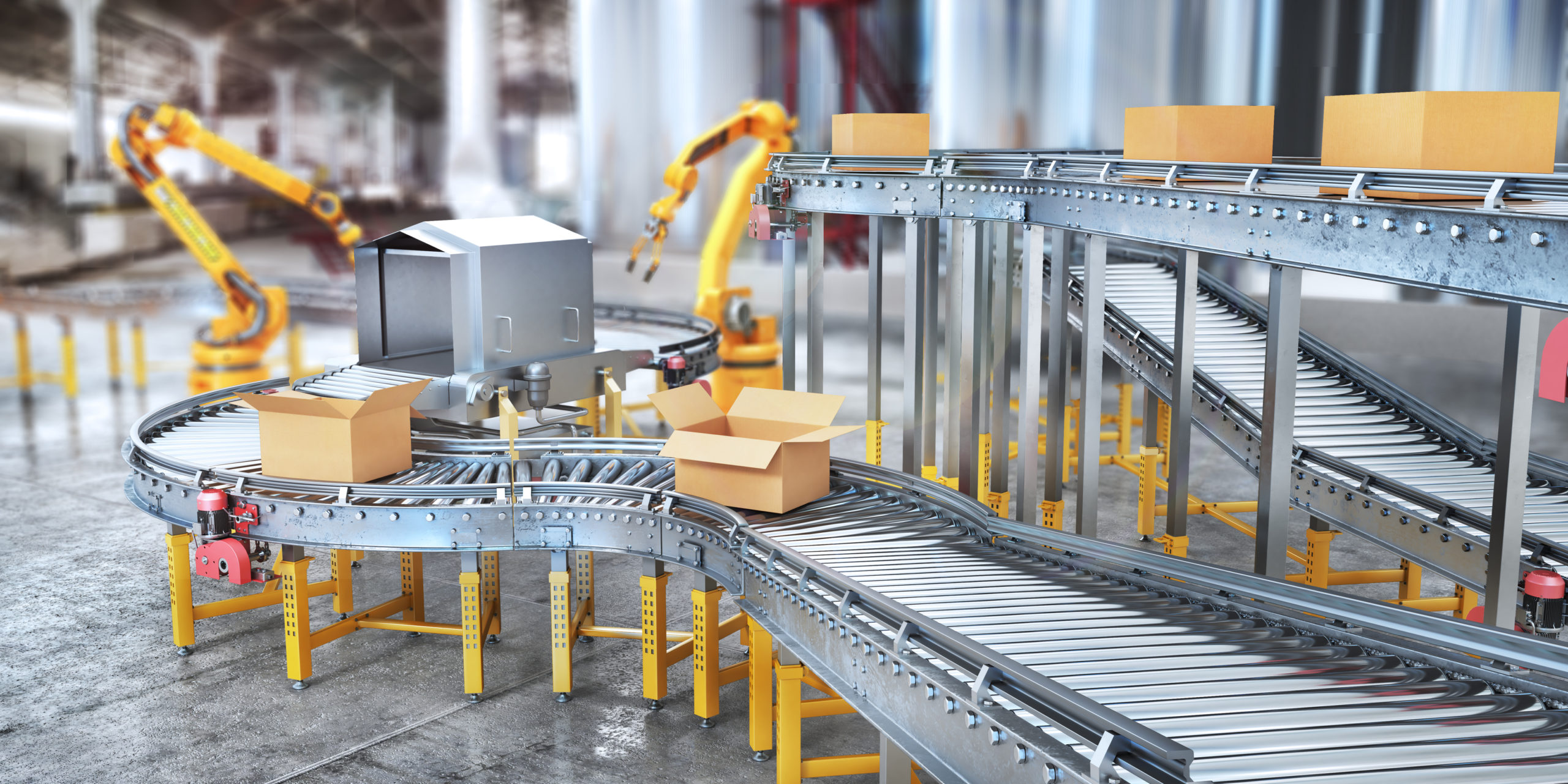Automation and Robotics: Transforming the Future of Freight Forwarding
November 16, 2023

The freight forwarding industry is undergoing a significant transformation, driven by the relentless march of automation and robotics. As supply chains become more complex, businesses are looking for efficient ways to move goods from one place to another. In this blog, we will explore how automation and robotics are transforming the future of freight forwarding, and why it matters in our interconnected global economy.
The Rise of Automation in Freight Forwarding
Streamlining Operations
Automation has become a buzzword in the freight forwarding industry, and for good reason. It is revolutionizing the way goods are moved across the globe. Automated systems, such as warehouse robots and conveyor belts, are streamlining operations, making them more efficient and cost-effective. These systems ensure that goods are handled with precision and speed, reducing the risk of human errors.
Enhanced Inventory Management
One of the key benefits of automation in freight forwarding is enhanced inventory management. Automated systems can monitor inventory levels in real time, ensuring that businesses have the right amount of stock on hand. This reduces the risk of stockouts and overstocking, ultimately saving time and money.
The Role of Robotics in Freight Forwarding
Autonomous Vehicles
Robotic technologies, such as autonomous vehicles, are rapidly making their mark in the industry. Self-driving trucks and drones are becoming increasingly common, providing efficient and cost-effective transportation solutions. These vehicles can operate 24/7, reducing delivery times and cutting transportation costs.
Warehouse Robotics
Warehouses are the heart of freight forwarding operations, and robotics are transforming them. Warehouse robots can pick, pack, and move goods with speed and precision. They can work alongside human workers, making warehouses more productive and safer. This synergy between humans and robots is the future of freight forwarding.
The Human Touch in an Automated World
Skilled Workforce
While automation and robotics play a vital role in the industry, they do not replace the need for a skilled workforce. Instead, they complement human abilities. Skilled workers are essential to monitor and maintain automated systems, troubleshoot issues, and make critical decisions. The future of freight forwarding still relies on the human touch.
Customer Service
Freight forwarding is not just about moving goods; it’s also about providing excellent customer service. Automation and robotics can enhance customer service by providing real-time updates on shipments and quick responses to inquiries. However, the personal touch of a human representative is irreplaceable when it comes to addressing complex issues and building lasting relationships.
The Environmental Impact
Sustainability
In an age of increasing environmental awareness, the freight forwarding industry is under pressure to reduce its carbon footprint. Automation and robotics can help in this regard as well. Energy-efficient vehicles, optimized routes, and reduced idle time all contribute to a more sustainable future for freight forwarding.
Green Warehousing
Automated and robotic systems are also playing a significant role in creating green warehouses. These facilities are designed to be energy-efficient and use renewable energy sources, further reducing the industry’s environmental impact.
Automation and robotics are ushering in a new era for freight forwarding. The industry is becoming more efficient, cost-effective, and environmentally friendly, thanks to these transformative technologies. However, it’s crucial to remember that the human element remains indispensable. The future of freight forwarding is a harmonious blend of automation, robotics, and skilled professionals.
As we navigate the path toward an automated future, it’s essential to embrace change and adapt to the evolving landscape of the freight forwarding industry. Those who do so will be best positioned to thrive in this dynamic environment.
-By Arti Tawani